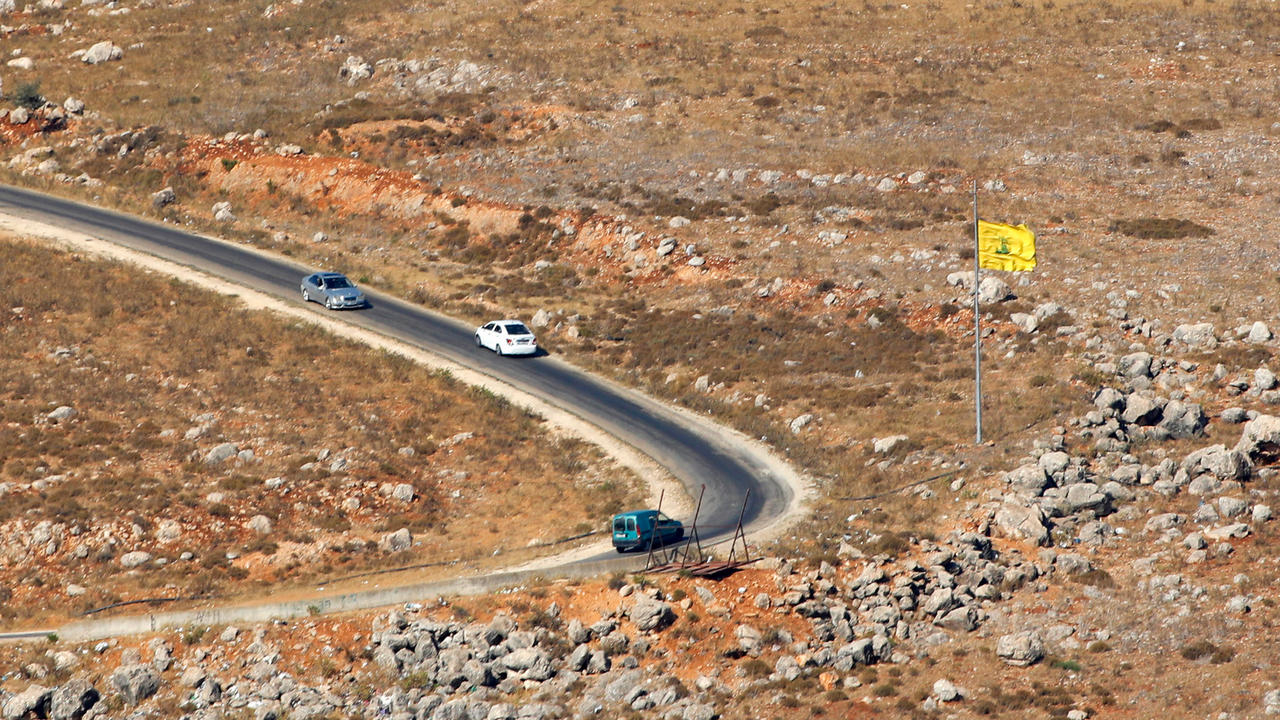Syria: Situation Report 1: Recent Developments in North-western Syria (as of 10 May 2019)

HIGHLIGHTS
• Conflict has increased in northwest Syria, impacting civilians, civilian infrastructure and service provision in northern Hama and southern Idleb governorates.
• Approximately 180,000 people were displaced between 29 April and 9 May, while 15 health facilities, 16 schools, and 3 IDP settlements are reportedly affected due to hostilities.
• The humanitarian response is scaling up to meet peoples need, in addition to the on-going response.
• Many humanitarian responders and service providers are part of the affected population and in many areas humanitarian operations have been suspended.
• The humanitarian community is responding in accordance with their readiness plan that had been prepared in the case of an increase in conflict in northwest Syria.
180,000 internally displaced between 29 April to 9 May
Up to 120 civilians reported killed
Hundreds civilians reported injured
15 health facilities reported affected
16 schools reported affected
SITUATION OVERVIEW
Since 28 April, ongoing conflict in northwest Syria between Government of Syria (GoS) forces and its allies and nonstate armed groups (NSAGs) has continued to escalate. On the morning of 8 May, GoS forces began ground operations against NSAGs, impacting on civilian populations, infrastructure and service provision in northern Hama and southern Idleb governorates. There are reports of people being killed and injured as a result of the recent escalation. While information is difficult to verify, unconfirmed reports indicate that more than 120 civilians, including women and children, have been killed, while many others have been injured. Between 29 April and 9 May, approximately 180,000 individuals fled the fighting, some 164,000 people fled to northern and eastern Idleb Governorate and around 16,000 people to northern and western Aleppo. Of note, there are reports of many communities that have been abandoned as their populations have fled. However, some people have stayed behind, many of whom are vulnerable. Many are dependent on humanitarian services for their daily needs.
There are an estimated 3 million people in the de-escalation zone in Idleb, of these 1.3 million are internally displaced people (IDPs). In the area impacted to date, there are an estimated 2.1 million people (Humanitarian Needs Overview, August 2018). Many of the population affected have been displaced in the past, for some this has been multiple displacements. As such, their ability to cope is reduced or compromised. The areas that recently displaced people are moving towards are already densely populated – often to areas with camps at full or excess capacity, putting additional strain on services. Reports indicate that rents have increased fivefold – where housing is available – since 1 May.
Impact on civilians and civilian infrastructure
Since the escalation of conflict on 28 April, many civilian structures have been impacted by airstrikes and/or shelling. On 7 May, two primary health care centres in Kafr Nabutha and Algab, both in Madiq Castle Sub-district in Hama Governorate were damaged. On 8 May, the Kafr Zeita Primary Health Centre in Hama Governorate was also damaged, bringing the total number of health facilities reported to be damaged or destroyed to 15 in this period.
These health facilities provided at least 30,000 consultations, 860 hospital admissions and 700 surgeries per month to a highly vulnerable population. At least 16 schools have been reportedly damaged or destroyed as a result of airstrikes and shelling. The current fighting has resulted in the cancellation of final exams for the academic year in Khan Shaykun, Kafr Nobol, Ma’arrat An Nu’man, Ariha, and Jisr-Ash-Shugur. A total of 400,000 students of grade 1- 12 were registered to sit for these exams. At least four of the facilities that were damaged had been deconflicted with parties to the conflict.
Suspension of humanitarian activities in NWS
The impact of the recent increase in conflict on the civilian population, civilian infrastructure and the provision of basic service is deeply worrying. Many humanitarian responders have been forced to suspend their activities in the conflict area. Some organizations suspended activities as their premises were damaged, destroyed or rendered unsafe by the violence. Others have suspended activities in order to keep their staff and beneficiaries safe, or because the beneficiary population has left. As of 8 May, at least 16 humanitarian partners have suspended their operations in areas impacted by conflict. Five humanitarian workers, including two health professionals, have been reportedly killed due to airstrikes and shelling.



